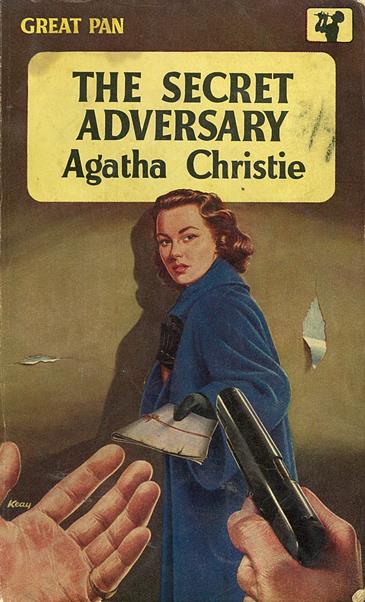I got this at the "going out of business" sale of one of my favourite bookshops:
Barnabas predicts trouble for Collinwood when Nicholas Freeze, in whose antique shop Carolyn Stoddard works, discovers a centuries-old potion that promises eternal youth. Soon after, Mr. Freeze's daughter Hazel tricked into taking the serum, dies. Carolyn is grief-stricken over her friend's death. Barnabas insists she stay on at the shop to watch Nicholas Freeze and his associates, one of whom Carolyn suspects is Quentin Collins, back at Collinwood in a disguise.
Then Carolyn sees Hazel's ghost.
She interprets this as a warning that Mr. Freeze has marked her for his next victim. Barnabas still refuses to let her quit.
Has Barnabas made a fatal mistake by deliberately endangering Carolyn's life? Or will his plan avenge Hazel's murder and put her spirit to rest?
Even the most dedicated fans of
Dark Shadows have trouble deciding exactly what is and isn't canon. That's not so surprising: the writers of the show made it up as they went along, and if they thought of something exciting that contradicted a previously established fact then the previously established fact got tossed out the window. After all, they were writing for an ephemeral daily soap and who'd notice the contradictions (or even care if they did?)
So it's also not surprising that when somebody decided to commission a series of tie-in novels, they didn't take particular care to see that they conformed to the show. What they did instead was give a brief description of
Dark Shadows to a writer of Gothic romances who had never actually watched the series. The results are ... interesting, let us say. The names of most of the characters are the same as in the TV show (though some major characters have gone missing in action) but somehow their personalities are subtly wrong. Their backstories differ from the backstories of the characters in the TV series and their physical descriptions certainly don't match!
After reading a few of them, I've come to the conclusion that the
Dark Shadows novels exist in a parallel universe to the
Dark Shadows TV series. And yes, parallel universes are one of the things that are definitely canon in the
Dark Shadows universe (along with time travel!)
(The cover photograph on this book is a still of Jonathan Frid in his role of Barnabas Collins. Apart from that it doesn't really have anything to do with the story inside the book.)









